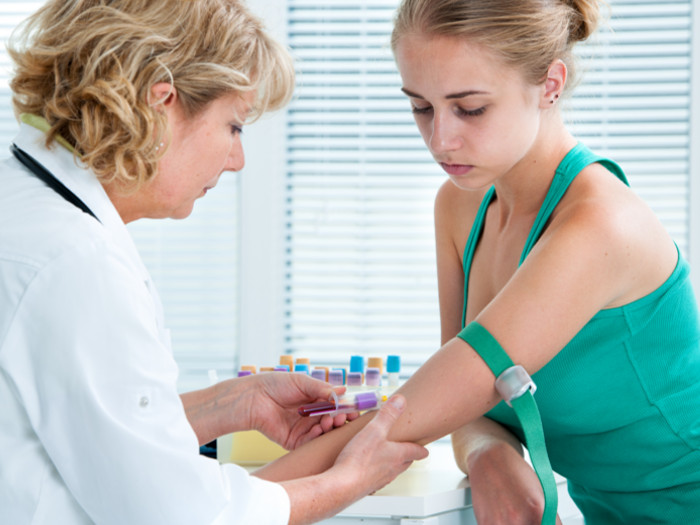With the coronavirus pandemic showing signs of slowing down, there is an increased need for precaution to ensure that it does not flare up again. New research, published in the Clinical Infectious Diseases revealed a low-cost testing method that should be taken up on a recurring basis for asymptomatic people. Led by researchers at Massachusetts General Hospital, the study explored the economic and clinical impact of different testing strategies for COVID-19 incidence and mortality in Massachusetts. [1]

Regular screening can help in effective control of COVID-19. Photo Credit: Shutterstock
The team compared four testing methods: hospitalized, symptomatic, symptomatic+asymptomatic-once, and symptomatic+asymptomatic-monthly. Hospitalized testing referred to PCR tests of severe or critical patients who needed hospitalization. Symptomatic testing also involved PCR tests for anyone with symptoms of COVID-19. Symptomatic+asymptomatic-once would involve a symptomatic and PCR test once for the entire population. Finally comes the symptomatic+asymptomatic-monthly. This would involve monthly re-testing for the entire population.
The team analyzed the likely reproduction numbers that would necessitate policy change. They used available information on factors like disease progression and mortality, PCR sensitivity, transmission, and costs. The symptomatic+asymptomatic-monthly model was found to be most effective. With tests cost at less than $3 at 14 day interval, it was the most cost-effective. The research recommended expanding the testing to asymptomatic people to decrease infections, hospitalization, and death.
